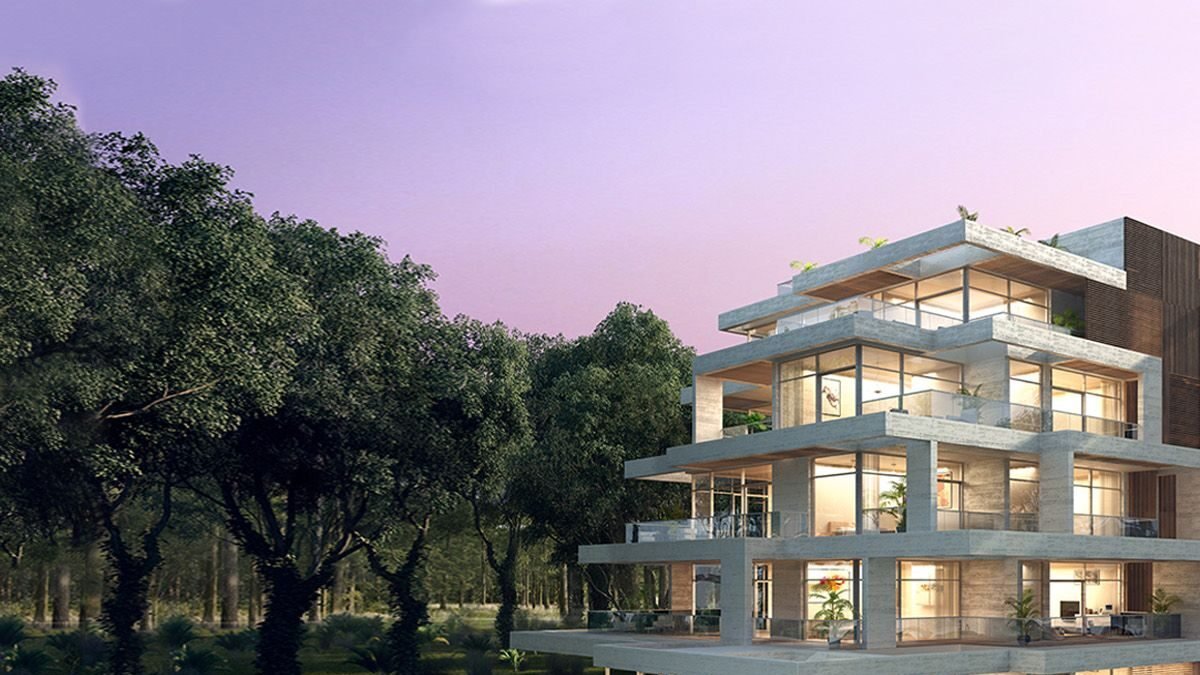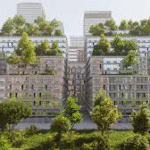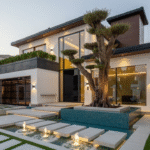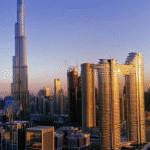Now Reading: What to Know Before Buying Off-Plan in the UAE in 2025
-
01
What to Know Before Buying Off-Plan in the UAE in 2025
What to Know Before Buying Off-Plan in the UAE in 2025
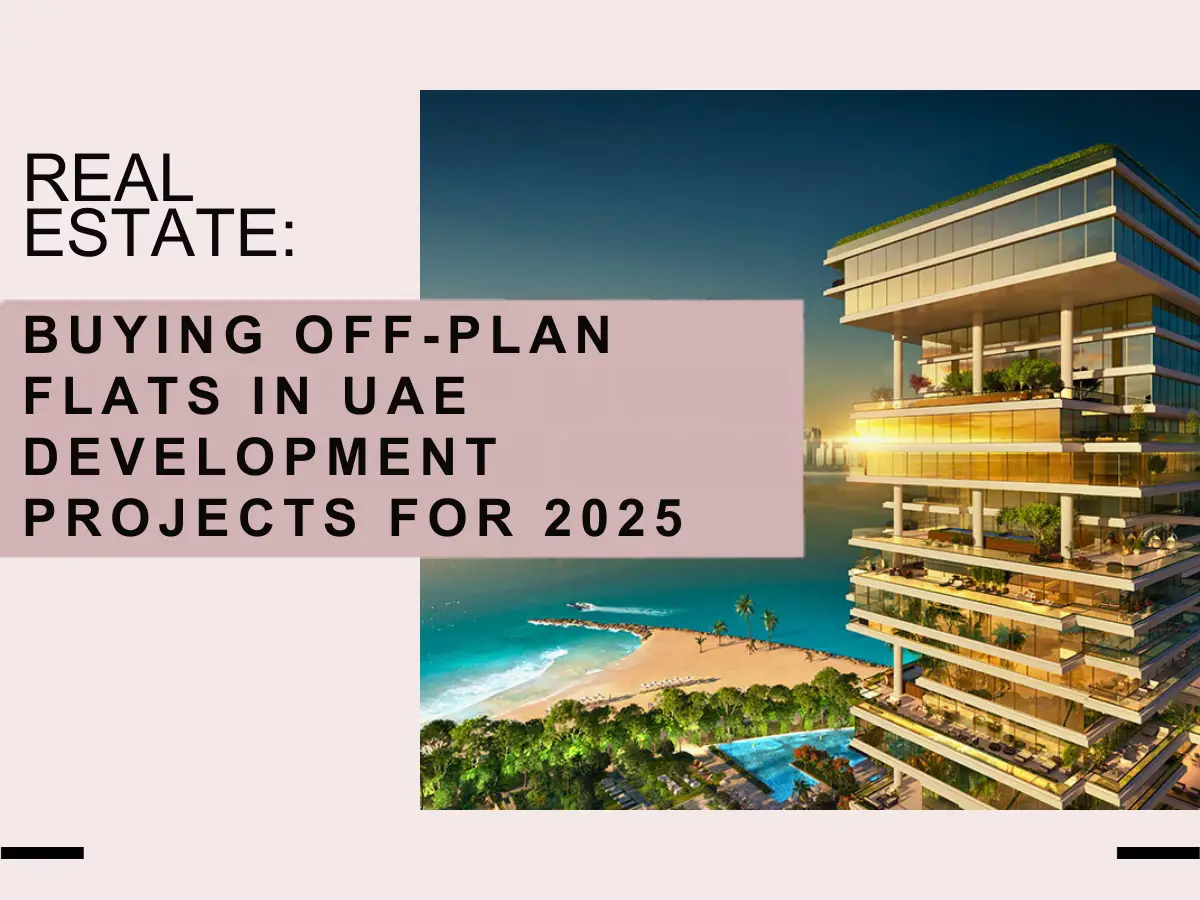
Table of Contents
Off-plan properties, accounting for 60% of Dubai’s AED 143.1 billion Q1 2025 transactions, are a cornerstone of the UAE’s AED 893 billion real estate market. As of June 2, 2025, at 2:55 PM IST, these pre-construction projects in Dubai, Abu Dhabi, Sharjah, and Ras Al Khaimah offer 8–10% rental yields, 10–15% capital appreciation, and Golden Visa eligibility, driven by the Dubai 2040 Urban Master Plan and Abu Dhabi Economic Vision 2030. However, risks like construction delays and oversupply require careful consideration. This guide outlines key factors to know before buying off-plan in the UAE, integrating your interest in smart homes and prior queries on UAE property trends.
- Market Context: AED 893B real estate market in 2024, 60% off-plan sales in Dubai (AED 85.9B Q1 2025), 8–10% yields, 10–15% appreciation, per Dubai Land Department (DLD).
- Definition: Properties purchased during pre-construction, paid in installments, with handovers typically 2–5 years later.
- Focus: Key considerations, benefits, risks, and strategies for buying off-plan in Dubai, Abu Dhabi, Sharjah, and Ras Al Khaimah.
- Relevance: Essential for investors, expats, and families, with insights on smart homes and visa benefits, per your interest in UAE property trends.
Key Factors to Know Before Buying Off-Plan

1. Benefits of Off-Plan Properties
- Lower Prices: 10–20% cheaper than ready properties, enabling early entry at a discount.
- Example: AED 1.2M off-plan 2-bed in Aljada vs. AED 1.5M ready in Al Nahda.
- Flexible Payment Plans: Spread over 2–5 years (e.g., 10% booking, 50% during construction, 40% post-handover), reducing upfront costs by 30–50%.
- Example: AED 1.8M Vida Residences (Dubai Hills) requires AED 180K initial payment, 80/20 plan.
- High Capital Appreciation: 10–15% price gains by completion, driven by demand in prime areas like Dubai Hills, Saadiyat Island.
- Example: AED 2.8M Athlon villa (Abu Dhabi) may gain 15% (AED 420K) by Q3 2028.
- Rental Yields: 8–10% upon handover, especially in JVC, Aljada, and Al Reef.
- Example: AED 1.5M Anantara Sharjah 2-bed yields AED 120K/year by Q4 2026.
- Golden Visa Eligibility: AED 2M+ off-plan properties qualify for 5/10-year residency, per Federal Decree-Law No. 29 of 2021.
- Example: AED 2.5M Burj Azizi apartment grants 10-year Golden Visa.
- Customization and Smart Features: Options for finishes, layouts, and IoT systems (e.g., smart thermostats, security), saving 10–15% on utilities, aligning with your interest.
- Example: AED 1.2M Arada Twin-Tower apartment with IoT health monitors.
2. Risks and Challenges
- Construction Delays: 20% of projects face 6–12-month delays, per Property Finder.
- Impact: Delays rental income or move-in plans, affecting ROI.
- Oversupply Risk: 30,000 new units in Dubai (2025) may reduce rents by 2–3% in non-prime areas like JVC, per Fitch Ratings.
- Impact: Lower yields in oversupplied zones.
- Developer Insolvency: Rare but possible, risking funds if escrow accounts are mismanaged.
- Impact: Potential loss of deposits (AED 50K–200K).
- Quality Discrepancies: 10% of projects report minor finish issues (e.g., flooring, fixtures), per Bayut.
- Impact: Additional repair costs (AED 5K–20K).
- Market Volatility: EIBOR rate hikes (3–5%) increase mortgage costs for financed off-plan purchases.
- Impact: Adds AED 10K–20K/year to AED 1M loans.
3. Regulatory Protections
- Escrow Accounts: Mandatory under Dubai’s Law No. 13 of 2008, Abu Dhabi’s Law No. 3 of 2015, and Umm Al Quwain’s Law No. 4 of 2023, ensuring funds are used for construction.
- Example: AED 500K deposit for Wynn Al Marjan apartment held in escrow.
- Fines: Up to AED 50M for developer misuse, per DLD.
- RERA/ADRE Oversight: Developers must provide completion guarantees, with progress monitored via Dubai REST or TAMM platforms.
- Blockchain Title Deeds: Introduced in Dubai (2025), tokenized deeds ensure ownership transparency, per DLD and VARA.
- Handover Guarantees: Developers like Emaar, Aldar must rectify defects within 1 year post-handover, per RERA.
4. Financial Considerations
- Initial Costs:
- Booking Fee: 10–20% of property value (AED 60K for AED 600K apartment).
- DLD/ADRE Fee: 4% (AED 24K for AED 600K).
- Agent Fee: 2% + 5% VAT (AED 12.6K).
- Mortgage Fees: 1% loan amount + AED 2.9K (AED 7.9K for AED 500K loan).
- Smart Upgrades: AED 10K–20K for IoT systems.
- Total Initial: ≈13–15% of property value (AED 90K for AED 600K).
- Ongoing Costs:
- Service Fees: AED 5K–15K/year (apartments), AED 15K–30K/year (villas).
- Cooling Charges: AED 5K–15K/year (apartments).
- Mortgage Payments: AED 3.2K/month for AED 500K loan (4%, 25 years).
- Payment Plans: 50/50, 60/40, or 70/30, with post-handover options reducing upfront burden.
- Example: AED 6.9M The Watercrest villa, 70/30 plan, AED 690K initial.
5. Choosing the Right Developer
- Reputation: Select developers with strong track records (e.g., Emaar, Aldar, Arada) and 95%+ completion rates, per DLD.
- Financial Stability: Check developer portfolios via DLD, ADRE, or SRERD.
- Transparency: Ensure escrow accounts, clear payment schedules, and handover timelines are provided.
- Top Developers:
- Emaar: The Watercrest, Vida Residences (Dubai).
- Aldar: Manarat Living II, Athlon (Abu Dhabi).
- Arada: Anantara Residences, Twin-Tower (Sharjah).
- Wynn Resorts: Wynn Al Marjan (Ras Al Khaimah).
6. Location and Project Selection
- High-Demand Areas:
- Dubai: JVC, Dubai Hills, Mohammed Bin Rashid City (8–10% yields).
- Abu Dhabi: Saadiyat Island, Al Ghadeer (6–8% yields).
- Sharjah: Aljada, Al Rifaah (7–9% yields).
- Ras Al Khaimah: Marjan Island (8–10% yields).
- Amenities: Prioritize projects with parks, schools, retail (e.g., Vida Residences’ Dubai Hills Mall access).
- Smart and Sustainable Features: Choose IoT-enabled homes (e.g., Arada Twin-Tower) and LEED-certified projects (e.g., Manarat Living II) for 10–15% utility savings and 5–10% resale premiums.
- Connectivity: Ensure proximity to highways (E311, E11), airports (DXB, AUH), and business hubs (Downtown Dubai, Saadiyat).
7. Top Off-Plan Projects Launching in 2025
- The Watercrest, Mohammed Bin Rashid City (Dubai):
- Price: AED 6.9M–10M, 8–10% yields, handover Q4 2027.
- Features: Smart pools, IoT lighting, near Dubai Mall.
- Why Buy: Golden Visa, 70/30 plan, 12–15% appreciation.
- Vida Residences, Dubai Hills Estate (Dubai):
- Price: AED 1.8M–3M, 6–9% yields, handover Q3 2026.
- Features: Smart thermostats, golf views, family-friendly.
- Why Buy: 2/5/10-year visa, 80/20 plan, near schools.
- Manarat Living II, Saadiyat Island (Abu Dhabi):
- Price: AED 635K–1.2M, 6–8% yields, handover Q1 2026.
- Features: Smart lighting, beachfront, near Louvre.
- Why Buy: Affordable, 2-year visa, 40/60 plan.
- Anantara Sharjah Residences, Al Rifaah (Sharjah):
- Price: AED 1.5M–2.5M, 7–9% yields, handover Q4 2026.
- Features: Smart security, beachfront, resort amenities.
- Why Buy: 2/5/10-year visa, 50/50 plan, 30 min to Dubai.
- Wynn Al Marjan Island, Marjan Island (Ras Al Khaimah):
- Price: AED 1.5M–3M, 8–10% yields, handover 2027.
- Features: Smart systems, casino resort, beachfront.
- Why Buy: Tourism-driven ROI, 60/40 plan, Golden Visa.
8. Due Diligence Checklist
- Verify Developer: Check track record via DLD, ADRE, or SRERD portals.
- Escrow Account: Confirm funds are held in regulated escrow (e.g., Dubai REST verification).
- Contract Review: Engage legal advisors (e.g., Clyde & Co) to review Sale and Purchase Agreement (SPA) for clauses on delays, quality, and refunds.
- Project Progress: Request construction updates, site visits, or virtual tours from developers.
- Market Research: Analyze demand, yields, and oversupply risks in the area via Bayut, Property Finder.
- Financing: Secure fixed-rate mortgages (4%) to avoid EIBOR hikes, budget AED 5K–10K fees.
- Exit Strategy: Plan for resale or rental post-handover, targeting high-demand areas (e.g., Aljada, JVC).
9. Steps to Buy Off-Plan
- Research Projects: Shortlist 2025 launches (e.g., The Watercrest, Manarat Living II) via developer websites or brokers.
- Visit Showrooms: Attend developer events or virtual tours to assess layouts, smart features.
- Reserve Unit: Pay 10–20% booking fee (AED 60K for AED 600K property), sign reservation form.
- Sign SPA: Review terms (payment plan, handover date), pay initial installment, and 4% DLD/ADRE fee.
- Secure Financing: Apply for mortgage (50–75% LTV), obtain bank NOC for visa eligibility.
- Monitor Progress: Track construction via developer updates, DLD’s Oqood system.
- Handover: Pay final installment (e.g., 40% in 60/40 plan), inspect property, receive title deed.
- Apply for Visa: Submit deed for 2-year (AED 750K), 5-year, or 10-year Golden Visa (AED 2M) via GDRFA/ICP.
10. Strategies to Mitigate Risks
- Choose Reputable Developers: Opt for Emaar, Aldar, Arada with 95%+ completion rates.
- Example: Emaar’s Vida Residences, 80% on-time delivery.
- Target High-Demand Areas: Invest in JVC, Aljada, Saadiyat to counter oversupply risks.
- Example: AED 1.5M Anantara Sharjah 2-bed, 7–9% yields.
- Lock in Fixed-Rate Mortgages: Secure 4% rates via Mortgage Finder to avoid EIBOR rises.
- Example: AED 500K loan at 4% = AED 2,639/month, stable.
- Negotiate Terms: Request quality clauses, delay penalties in SPA.
- Example: 1% monthly penalty for delays beyond 6 months.
- Diversify Investments: Spread funds across emirates (e.g., AED 1M in Aljada, AED 1M in Al Reef).
- Example: AED 600K Al Ghadeer 1-bed + AED 1.5M Aljada 2-bed.
- Use PropTech: Leverage Dubai REST, TAMM for escrow and progress tracking.
- Example: Verify AED 1.5M Wynn Al Marjan deposit in escrow.
Conclusion

As of June 2, 2025, at 2:55 PM IST, buying off-plan in the UAE’s AED 893 billion real estate market offers 8–10% yields, 10–15% appreciation, and Golden Visa eligibility, with projects like The Watercrest, Vida Residences, Manarat Living II, Anantara Residences, and Wynn Al Marjan leading the charge. Benefits include lower prices, flexible payments, and smart home features saving 10–15% utilities, aligning with your interest. However, risks like delays, oversupply, and quality issues necessitate due diligence—choosing reputable developers (Emaar, Aldar), verifying escrow, and targeting high-demand areas (JVC, Aljada). By following strategic steps and leveraging regulatory protections, off-plan investments can deliver strong returns and residency benefits in 2025. watch more
read more: Hot New Projects Launching in 2025



